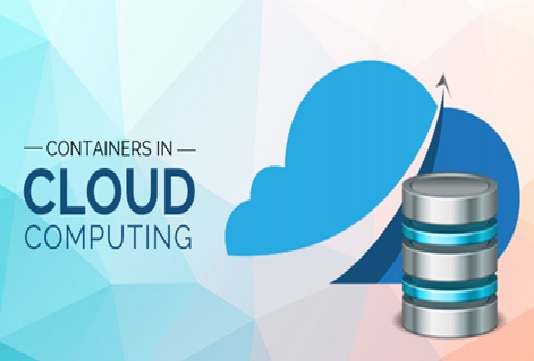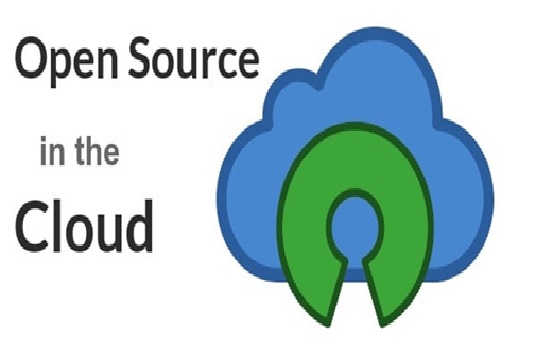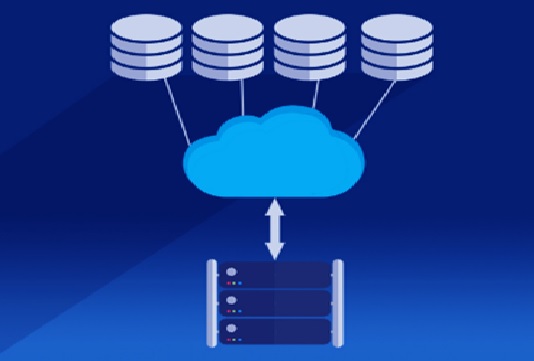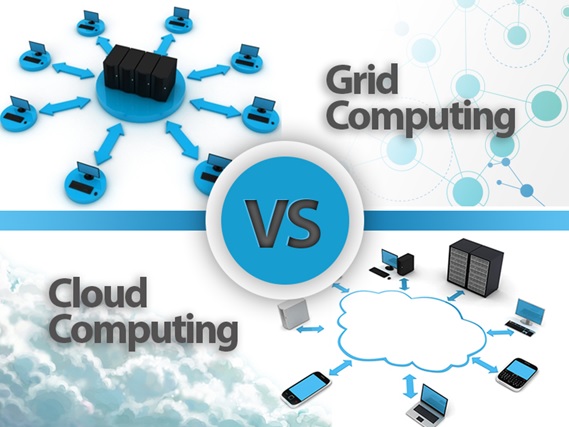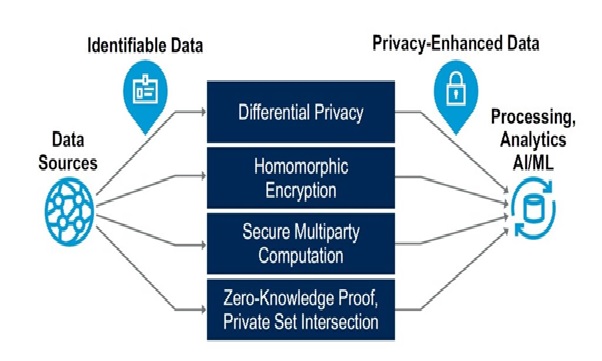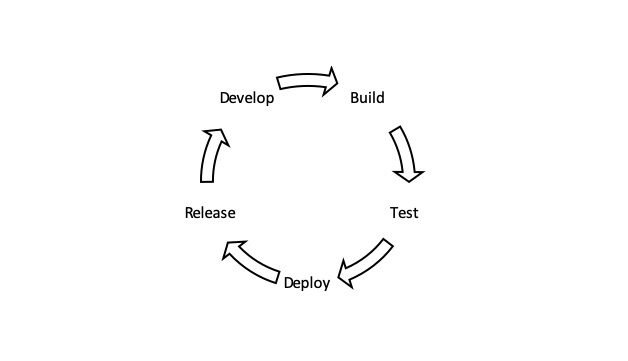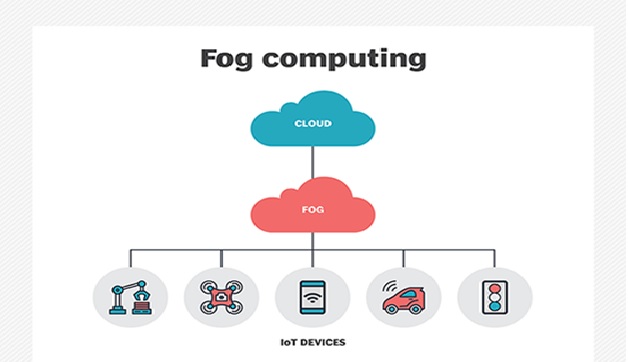The Cloud Network Services System
Network-as-a-service (NaaS) is a cloud service model in which customers rent networking services from cloud providers. NaaS allows customers to operate their own networks without maintaining [1] their own networking infrastructure. Like other cloud services, NaaS vendors run networking functions using software, essentially allowing companies to set up their own networks entirely without hardware. All they need is Internet connectivity.

Figure 1. Cloud Network Services
NaaS can replace virtual private networks (VPNs), multiprotocol label switching (MPLS) connections, or other legacy network configurations. It can also replace on-premise networking hardware such as figure1 shown above the paragraph firewall appliances and load balancers. A newer model for routing traffic and applying security policies, NaaS has had a major impact on enterprise networking architecture.
- Compatibility: The NaaS vendor's infrastructure may not be compatible with legacy systems that are still in place — older hardware, on-premise-based applications, etc.
- Legacy data centers: In many enterprises, important applications and processes still run in on-premise data centers, not the cloud. This makes migration to a NaaS model slightly more challenging (although services such as Cloudflare Network Interconnect can help overcome this challenge).
- Vendor lock-in: Moving to a cloud service always introduces the risk that an enterprise may become too reliant on that particular service provider. If the service provider's infrastructure fails or if they raise their prices, vendor lock-in can have major repercussions.
Cloud NAS is often used for backup and archiving. A key benefit of this approach is that data stored in the cloud can be accessed [2] whenever needed and from any place. The main drawback, however, is that the data transfer rate is limited by speed of the network connection the data is accessed over.
NAS systems are typically deployed as a standalone storage device with one or more external hard drives to provide more storage than a standard desktop system or laptop. It has its own operating system (OS) and file system and supports a variety of applications, the same as a desktop system.
A NAS system does not connect directly to a computer; instead, it connects to a wired or wireless network used by one or more computers. It can provide dedicated storage for one device or shared storage across many devices. It can be used in place of additions to a primary storage system. A NAS system can be located in a data center rack or a work area.
Network as a service (NaaS) is an emerging model for organizations to consume network infrastructure through flexible operating [3] expense (OpEx) subscriptions, inclusive of hardware, software, management tools, licenses, and lifecycle services.1
The traditional network model requires capital expenses (CapEx) for physical networks with switches, routers, and licensing. The do-it-yourself IT model requires time for planning and deployment as well as expertise to install and configure infrastructure and to ensure security access policies are in place. This model involves the following:
- Diligent monitoring for updates and security patches is essential due to rapid changes in technology and security threats.
- Provisioning a new service is a manual process that requires a technician to deploy and configure equipment at various locations.
- Service provisioning and issue resolution have historically been lengthy processes.
References:
- https://www.cloudflare.com/learning/network-layer/network-as-a-service-naas/
- https://searchstorage.techtarget.com/definition/cloud-NAS-cloud-network-attached-storage
- https://www.cisco.com/c/en/us/solutions/enterprise-networks/network-as-service-naas.html
Cite this article:
Nandhinidwaraka. S (2021), The Cloud Network Services System, AnaTechMaz, pp. 38




